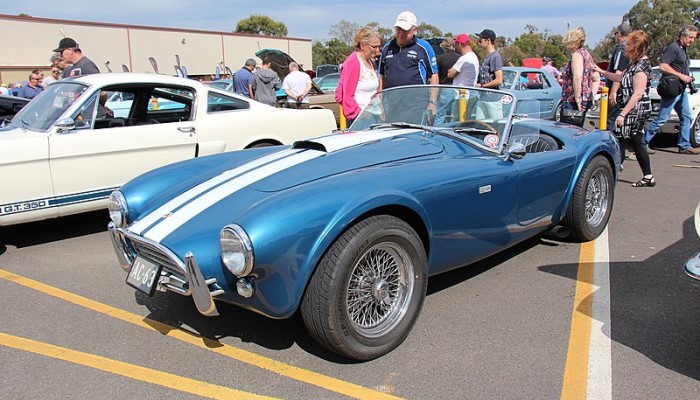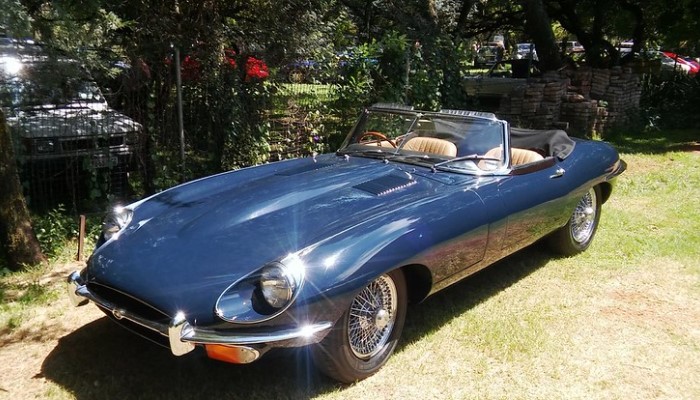Sunbeam Tiger
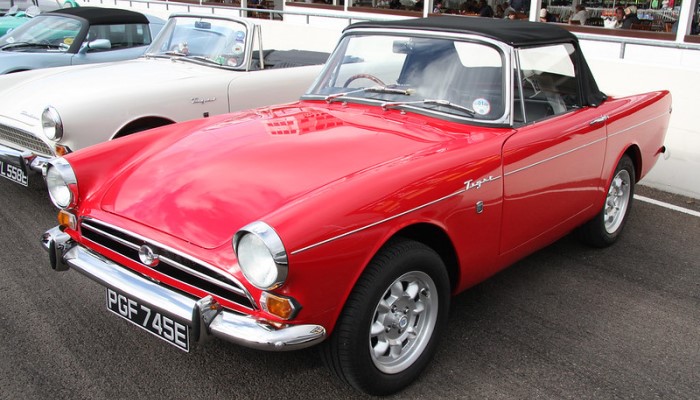
Photo: "Sunbeam Tiger" by exfordy
A Successful Anglo-American Combination
The AC Cobra became a landmark car for British sports car manufacturers. The idea of combining American engines with British chassis turned out to be very successful. The next example of such American-British friendship was the Sunbeam Tiger. The tireless Carroll Shelby also contributed to the appearance of this car.
The reasons for the appearance of the Sunbeam Tiger are about the same as those of the AC Cobra. There was a very decent Sunbeam Alpine sports car, powered by a four-cylinder engine with 70 hp. The potential of the Alpine chassis could easily allow the installation of a more powerful engine, but there was no engine in stock.
The idea to equip Alpine with an American engine was proposed by Jack Brabham. He shared this idea with Norman Garrad, a senior manager at the Rootes Group.
As luck would have it, Mr. Garrad's son Ian was a dealer for the Rootes Group on the West Coast of the United States, and by even luckier circumstance, he lived near Carroll Shelby's home and knew him. Naturally, Shelby was invited to create a new sports car, and work began to boil.
A Sunbeam Alpine was taken, from which the engine was removed; measurements of the engine compartment were taken; and the search for an engine of suitable dimensions began. The choice was a Ford Windsor 260 HiPo.
This powertrain performed well in the AC Cobra. The main thing is that it was relatively compact for a V-8, and most importantly, the Windsor 260 HiPo weighed less than many other American engines. The Ford Windsor 260 HiPo automatic transmission was replaced with a four-speed manual.
It was difficult to fit the Sunbeam Alpine into the engine compartment; they had to rearrange the wall between the engine compartment and interior. Installing a larger engine slightly changed the car's weight distribution; the weight increased by 190 kg.
The only negative was the cooling system. The tight layout did not allow the installation of a more powerful radiator. But this drawback only manifested itself under very extreme driving conditions.
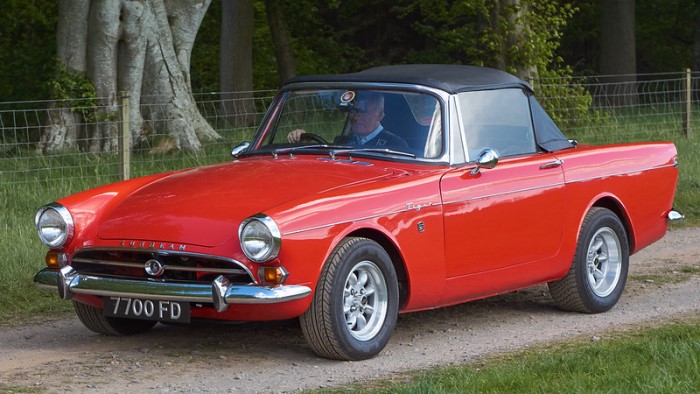
In June 1964, the prototype was already making circles on the roads of California. Now all that remained was to present the car to Lord Rootes himself. Which was not a simple matter; the Lord had a tough character.
Presentation and Specifications
The prototype was shown in July 1963. Lord Rootes personally drove the car and was very pleased with it. Rootes personally went to Henry Ford II to negotiate the supply of engines. Production of the new model was supposed to begin at the beginning of 1964.
A plant in Ryton was designated for the production of new sports cars. This plant was quite modern; it was supposed to assemble the Volvo P1800, but it didn’t happen.
But Carroll Shelby had to go out of business. He had to be content with a salary of ten thousand dollars and a percentage of each car sold.
The name chosen for the new sports car is powerful: Tiger. This was the name of one of the record-breaking Sunbeam cars. Externally, the Sunbeam Tiger was practically no different from its low-power brother, the Alpine.
But what a superiority in power! The Ford V8, with a displacement of 260 ci (4.3 liters) and a power of 164 hp, accelerated the car to 118 mph (190 kph). Tiger reached 60 mph (96 kph) in 8.4 seconds.
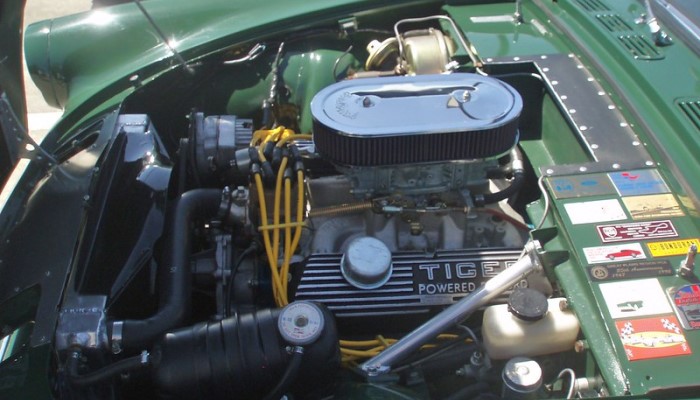
Photo: "Sunbeam Tiger" by sv1ambo
For those who weren't satisfied with this, they could order a special kit that allowed them to increase engine power to 245 hp. This pleasure costs $250.
Engine Specs
| Engine Type | V8 |
| Layout | Front engine, RWD |
| Displacement | 260 ci (4.3 L) |
| Power | 164 hp |
| Torque | 350 Nm |
| Power/Weight | 139 hp / Tone |
Performance
| 0-60 mph (0-96 kph) | 8,4 s |
| 0-100 mph (0-160 kph) | 21,0 s |
| 1/4 mile | 16,7 s |
| Top Speed | 118 mph (190 kph) |
Production
From the very beginning, the Sunbeam Tiger was intended for the American market. Most of these sports cars are left-hand-drive. Right-hand-drive Tigers were produced for the British police. For the Rootes Group, Sunbeam Tiger was a great gift.
This is a rare car from this corporation that sold well in the USA. The Sunbeam Tiger cost $3,842. The price is quite decent. The Ford Mustang costs $2,898.
The Sunbeam Tiger was produced in two modifications. The second series went into production in 1967, towards the end of the production of this car. The second series differed from the first in small external differences and a new engine with a displacement of 289 ci (4.7 liters).

Photo: "Sunbeam Tiger MK II (1967)" by SG2012
Production of the Sunbeam Tiger was discontinued purely for political reasons. The Rootes Group was acquired by Chrysler. It is clear that Chrysler managers did not want to produce cars with a Ford engine. Well, the Chrysler engines did not fit into the car as they should.
Tiger as a Racer
The Sunbeam Tiger also made its mark in motorsport. In 1964, three specially prepared Tigers entered the 24-hour marathon at Le Mans. There was no great success. The car retired from the race due to engine overheating.
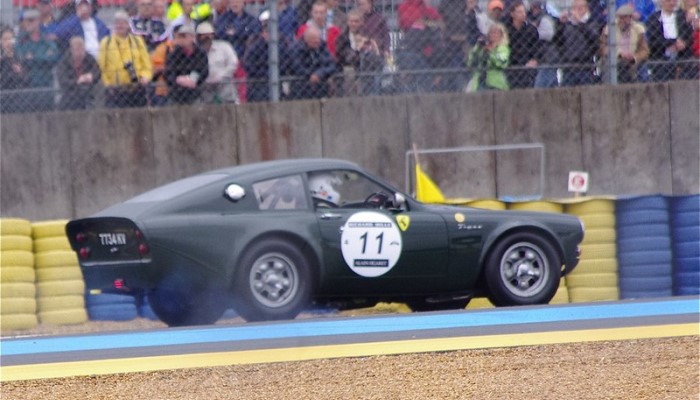
Photo: "1964 Sunbeam Le Mans Tiger" by Dave Hamster
Sunbeam Tiger also performed in rallies, but even here the results were modest. There were problems with engine cooling.
In addition to motorsport, the Sunbeam Tiger made its way into movies. This car was driven by Maxwell Smart from the comedy series Get Smart. The series was a parody of Bond.
Why the Sunbeam Tiger is so Interesting?
One of the key aspects that make the Sunbeam Tiger so interesting is its origins. While it may have been built in the UK, its heart beats to the rhythm of American muscle.
Fitted with a V8 engine supplied by Ford, this roadster offers a level of power that is not commonly found in its European counterparts. With a snarl that leaves onlookers in awe, the Tiger effortlessly combines elegance with brute force.
Additionally, the Sunbeam Tiger boasts timeless design elements that continue to turn heads today. Its curvaceous body lines and perfectly proportioned silhouette ensure that it stands out among the sea of modern cars on the road.
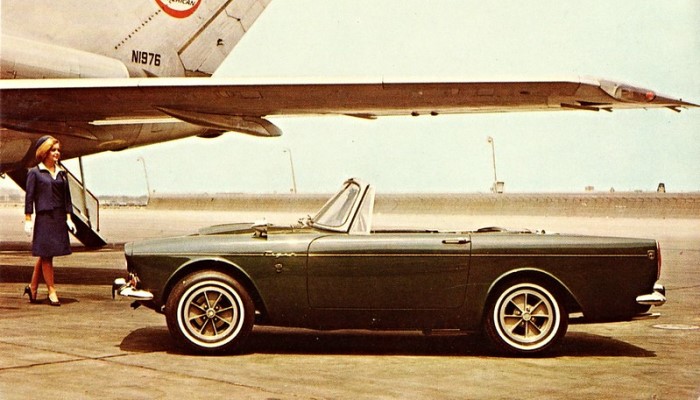
Photo: "Sunbeam Tiger" by aldenjewell
Its soft-top convertible design adds an element of romance, inviting drivers to immerse themselves in the thrill of open-air motoring.
But what truly sets the Sunbeam Tiger apart in today's market is its scarcity. Over the years, many of these iconic roadsters have been lost to time, making the remaining survivors highly sought after. Classic car collectors and enthusiasts alike understand the value of owning such a rare gem, and that demand only drives the prices higher.
Tiger in Today's Market
What's the deal with this retro roadster in today's market? Let's dive in (carefully, it's vintage!).
They're rare, highly sought after, and generally cost a small fortune. We're talking six figures, folks. Unless you've been secretly hoarding gold doubloons under your floorboards, you'll likely be admiring these beauties from afar.
Here's a look at the typical price range, depending on condition (and your willingness to part with substantial sums of money):
Condition / Price Range (USD)
Restoration Project: $10,000 - $30,000Driver-Quality: $30,000 - $100,000Show-Quality: $100,000+
As you can see, even a project car represents a significant investment. So, unless you’re planning to become a full-time mechanic with a specialty in vintage British sports cars, be prepared to spend big.
And remember this sage advice from the ever-wise Jeremy Clarkson: "The Sunbeam Tiger is a car that's more fun than it has any right to be. A proper brute, but in a charmingly British way."
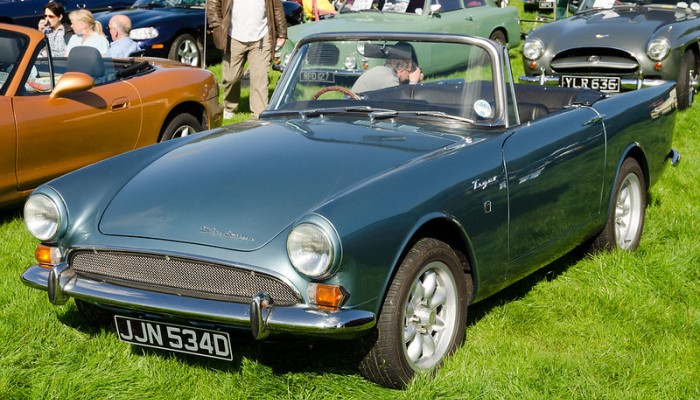
Photo: "Sunbeam Tiger Series 1 (1966)" by SG2012
Why are Sunbeam Tigers so expensive?
Rarity: They weren't mass-produced.
Desirability: Classic car collectors crave them.
Maintenance: Parts can be difficult (and expensive) to find.
Restoration Costs: Bringing one back to its former glory is a significant undertaking.
FAQs
Q: Can I find a cheap Sunbeam Tiger? A: Unlikely. Even project cars fetch a pretty penny these days.
Q: Are they reliable? A: Not in the modern sense. Think of it as a temperamental, but charming, friend.
Q: What should I look for when buying one? A: A reputable mechanic who specializes in classic cars. Seriously.
Things to Consider Before Buying a Sunbeam Tiger
Your bank account.
Your mechanic's availability (and sanity).
Your willingness to accept that occasionally, it might refuse to start.
In conclusion, the Sunbeam Tiger remains a captivating piece of automotive history. It’s a reminder of a simpler time, when cars were less about perfect reliability, and more about sheer, unadulterated fun. Just be prepared to pay a king's ransom for that fun.

Unique Car Zone Team
A group of several fans of everything that moves on four wheels, a few article creators, a couple of marketing strategists, designers, web developers, and lots of coffee.




